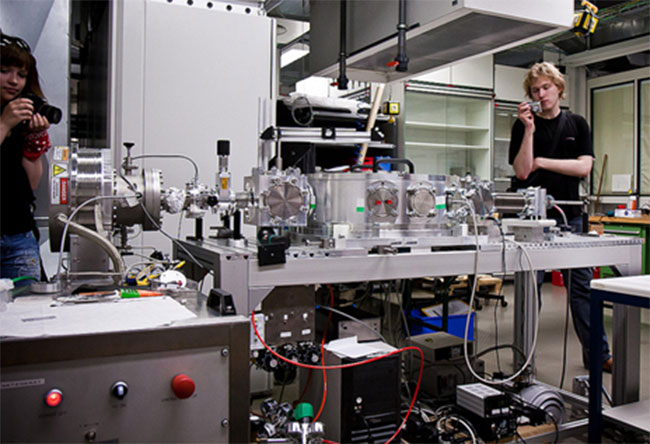Laser technology continues to improve every year. The advancing technology means that more and more medical procedures are now carried out through the use of lasers. Lasers are now regularly used in ophthalmology, cardiology, dentistry, dermatology, oncology, gastroenterology, urology, gynecology, and cosmetic surgery. Advantages of laser surgical procedures for patients include less pain, smaller incisions, and quicker recovery times.
As lasers are increasingly used for non-invasive procedures such as skin rejuvenation and hair removal, surgical lasers are expected to benefit from the technological improvements as well. More and more of the laser use is now shifting from complex, time-consuming and invasive procedures, to non-invasive or minimally invasive aesthetic applications. For instance, there are now non-invasive methods used for fat reduction and body contouring that makes use of Low Level Laser, Transdermal Focused Ultrasound, HIFU (High Intensity Focused Ultrasound), Monopolar RF, and Cryolipolysis. These treatments are gaining in popularity.
Non-invasive laser technology advancements
The aging global population is creating new growth possibilities for laser treatments, which can offer a non-invasive way of treating some skin related problems, and also counteracting the signs of aging. Wrinkle removal is one of the applications which is now making use of medical laser systems. Benign prostatic hyperplasia (BPH) is another area which is currently benefitting from non-invasive laser treatment options.
Other end-use applications of laser systems are also growing rapidly, such as laser hair removal, which is driving significant growth for diode and solid state laser sales. Use of lasers for vision correction procedures has been on the rise, and this has created impressive growth in the area of excimer laser systems. At a more detailed level, scientists are currently doing in-depth research with microsurgical methods, using lasers to cut chromosomes and strands of DNA (deoxyribonucleic acid). This usage of surgical lasers could greatly broaden the scope of laser usage in health care.

Medical laser systems – a growing trend
A recent market research report discussed the market for medical laser systems. The report examines industry issues, trends, and strategic initiatives, doing a comprehensive review of the field. The study examined market projections for the US, Canada, Europe, Japan, Asia-Pacific (not including Japan), Latin America, and the rest of the world. According to the report, the US is by far the largest market in the world right now, while the Asia-Pacific market segment is anticipated to the fastest growing segment, with a growth rate of 12.6 percent.
The marketing study also examined different product types, such as aesthetic lasers, surgical lasers, diagnostic lasers, ophthalmic lasers, therapeutic lasers, and laser accessories. Researchers found that in general, the surgical lasers are the dominant product segment in the global market for medical lasers. Their advantages for both patients and health care providers have led to increasingly rapid adoption of lasers for surgical procedures.
As the technology has improved, surgical lasers have gone from being complicated large pieces of equipment, to simple diode lasers that can be hand-held, and fiber lasers that can be even smaller. The new lasers are less expensive and easier to use, and this is driving increased adoption and growth in the global market.
Laser marking tools – innovation at its best
In terms of laser marking tools, fiber lasers are the newest trend. A rare chemical element known as ytterbium is widely used in various processes like marking, cutting, and welding. The inherent benefits and value of laser marking systems that are computer aided are finally being understood. The top-quality, unique machine readable codes and images that laser markers can produce, are excellent for companies and businesses that specialize in commerce industries. The potential uses of laser technology are vast: firearms, jewelry, medical equipment, aerospace components, electronics, and numerous other parts need markings to label them as unique.
Technology and time have sent us into a future where engraving, laser marking, and etching using the newest laser technology outperform the quality and cost of a product. Laser markings with high precision are doable on nearly any kind of materials, including platinum, gold, stainless steel, titanium, brass, and more. Fimark is a trending company specialized in laser marking and technical spray painting services. They’ve been in business since 1997, and they’ve managed to stay afloat because they provide newest and most groundbreaking etching and laser marking services.
